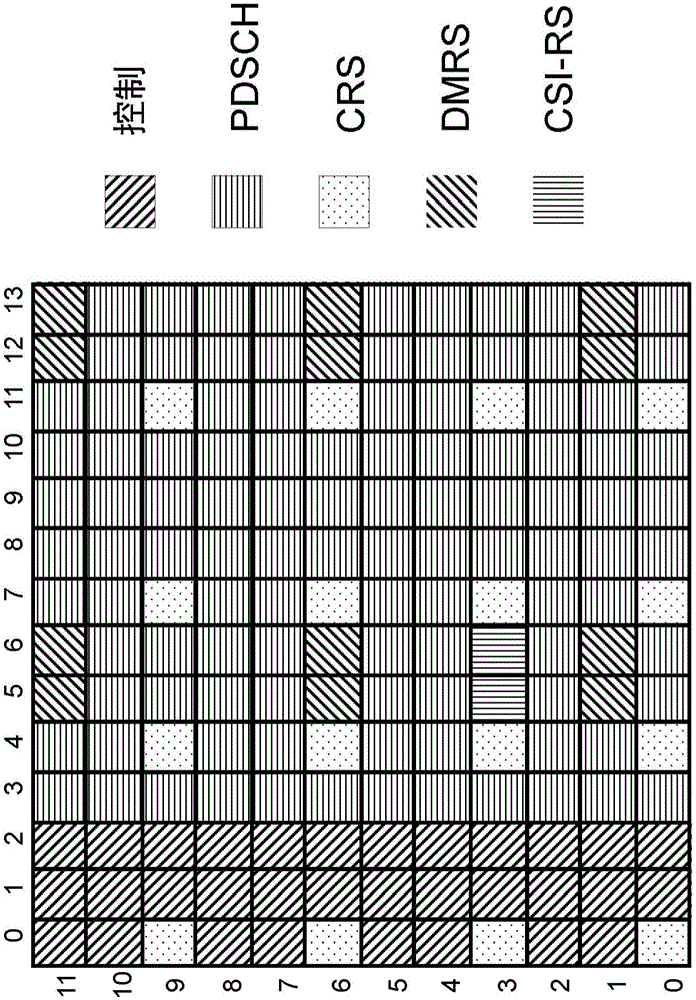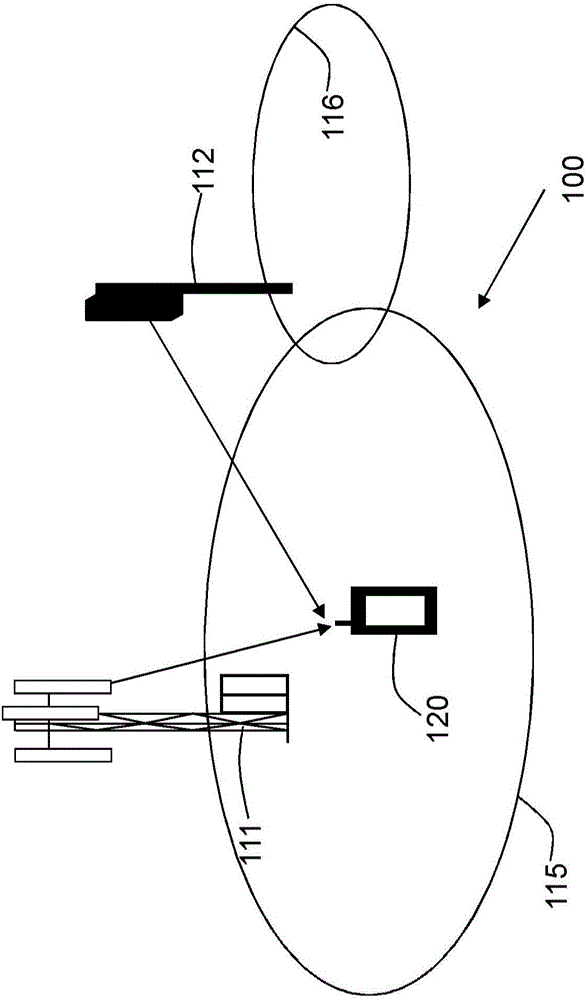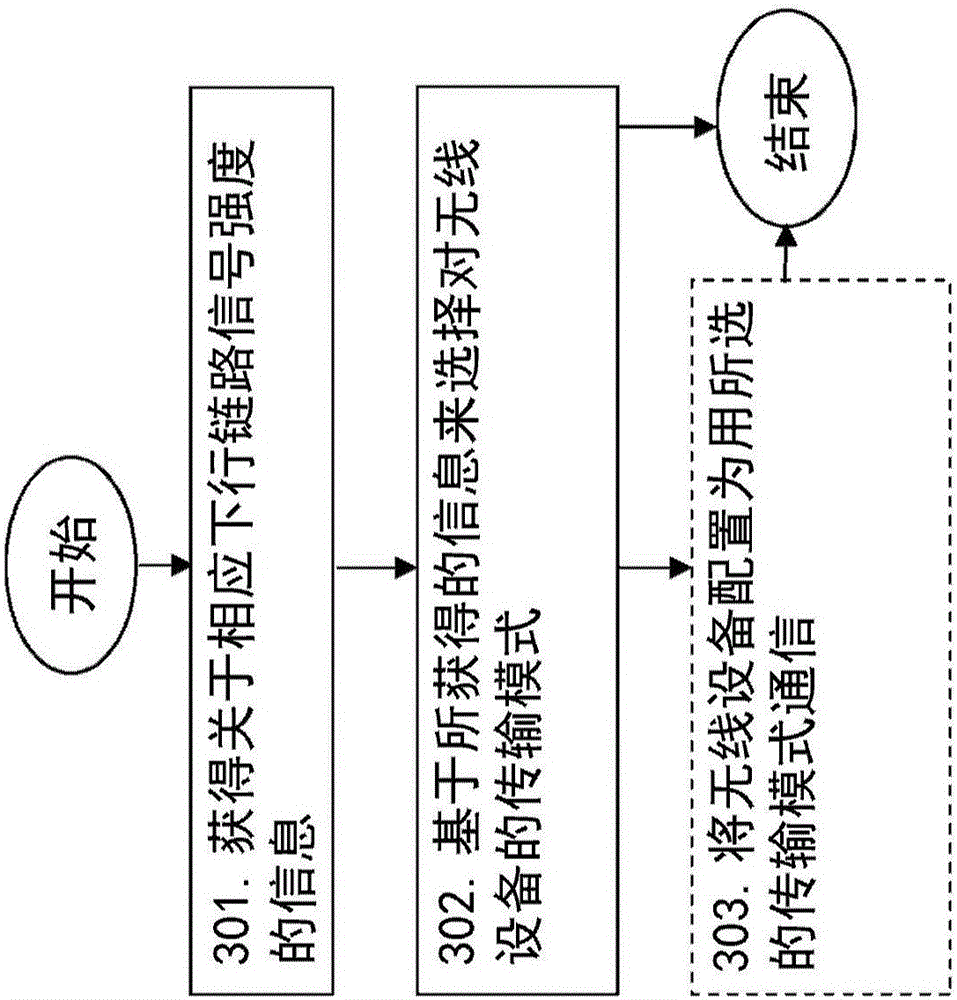Selection of transmission mode based on radio conditions
A technology of transmission mode and wireless equipment, applied in the direction of radio transmission system, transmission system, wireless communication, etc., can solve the problems of poor overhead, high capacity, expensive, time-consuming, etc., and achieve improved channel estimation accuracy, robust transmission, and improved The effect of spectral efficiency
- Summary
- Abstract
- Description
- Claims
- Application Information
AI Technical Summary
Problems solved by technology
Method used
Image
Examples
Embodiment Construction
[0036] figure 2 An example of a wireless communication network 100 in which embodiments herein may be implemented is shown. The wireless communication network 100 is, for example, a wireless communication network of LTE, WCDMA, GSM network, any 3GPP cellular network, Wimax or any cellular network or system. The use cases according to the embodiments herein are applicable to LTE. However, if another system also uses cell-specific reference signals and user equipment-specific reference signals, the embodiments herein are also applicable to other systems.
[0037] The wireless communication network 100 includes a plurality of network nodes, figure 2Two of the plurality of network nodes - network node 111 and second network node 112 - are shown in . The first network node 111 and the second network node 112 may be, respectively, for example radio base stations (e.g. eNB, evolved Node B, or home Node B, home evolved Node B, or other network nodes capable of serving user equipm...
PUM
 Login to View More
Login to View More Abstract
Description
Claims
Application Information
 Login to View More
Login to View More - R&D
- Intellectual Property
- Life Sciences
- Materials
- Tech Scout
- Unparalleled Data Quality
- Higher Quality Content
- 60% Fewer Hallucinations
Browse by: Latest US Patents, China's latest patents, Technical Efficacy Thesaurus, Application Domain, Technology Topic, Popular Technical Reports.
© 2025 PatSnap. All rights reserved.Legal|Privacy policy|Modern Slavery Act Transparency Statement|Sitemap|About US| Contact US: help@patsnap.com



